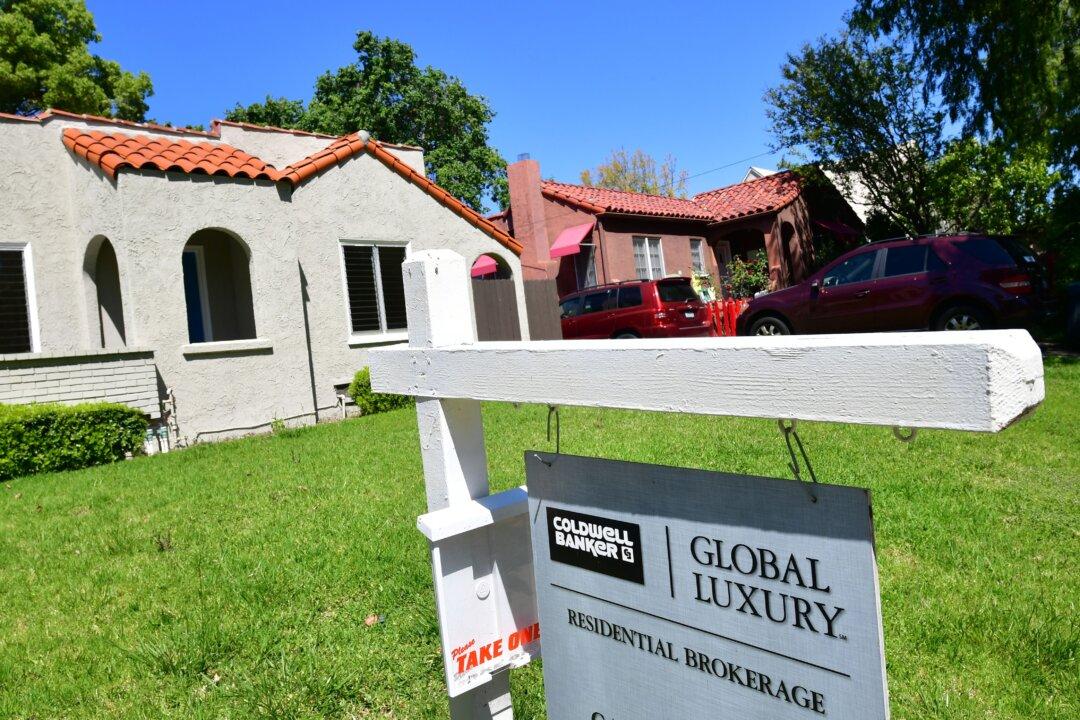The average new home loan size rose to a record in July as the housing supply crunch drove more prospective buyers to turn to newly built homes, according to the Mortgage Bankers Association (MBA).
The increase in average loan size occurred as the number of mortgage applications for new home purchases fell by a seasonally unadjusted 4 percent between June and July, MBA said in a statement.





